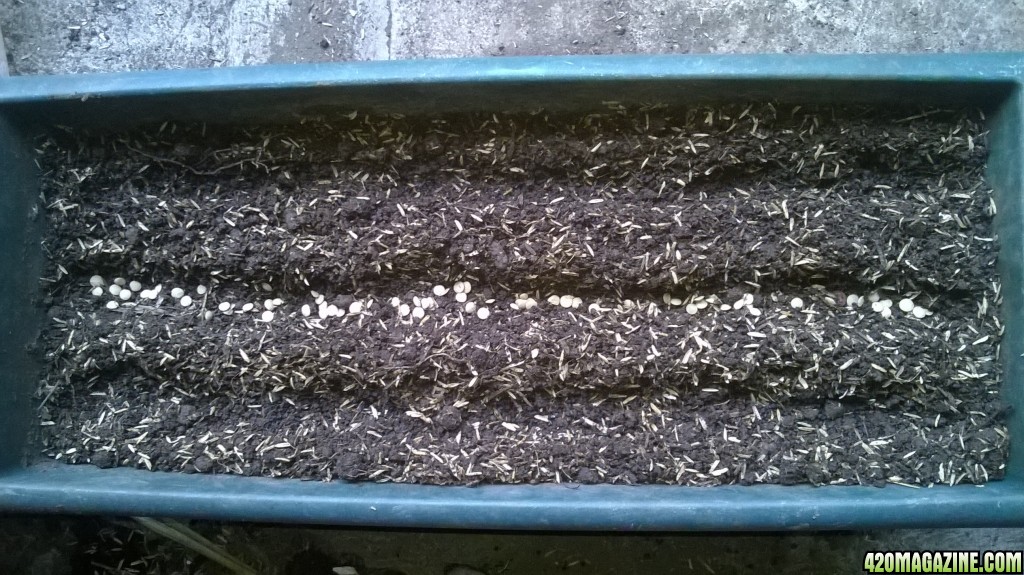I think this information will come handy too:
From the web
Is Mycorrhizae Naturally in My Soil?
Mycorrhizae does occur naturally in the soil and mycorrhizal fungi has been around for millions of years. Even in very unhealthy soils one can find traces of mycorrhizal fungi. The issue facing growers when they decide whether to use commercial products is determining the amount of mycorrhizal fungi present as well as the species of the fungi. Mycorrhizae is formed when the roots of plants send out a signal that stimulates the fungi to colonize (infect) the root system. There have to be enough spores and/or propagules present in the soil to effectively colonize the roots. In addition, there may be many spores present but they may not be the correct species to initiate colonization, for example the correct species for a tomato plant under the particular conditions a grower is using.
How do I know what levels of mycorrhizae are present?
The only way to determine what levels of mycorrhizal fungi are present in your soil is to run a comprehensive soil analysis. There are a number of labs that can do this. For those who have asked the same question, I have suggested that instead of spending the money on the soil test, to try our products in a side-by-side comparison. It is likely less expensive (a trial size jar vs. the lab test) and the results should be evident within a reasonable time frame. If the plants show a marked improvement with our product, which is often the case, the mycorrhizal fungi counts or species present in the soil are not optimal. Granted, there may be times when a grower has absolutely perfect soil for every crop with high counts of the right type of fungi and thus our product will not be needed. This would be evident in the control test. It would be rare, but it is possible. The reason we add many species and have our spore counts at the levels we do is to provide the optimal product for as many growing situations as possible.
Performing a control test
For the most accurate results in a control test the following procedures should be followed:
1. If you have handled the jar of inoculant, wash your hands before setting up the tests. Just a few microscopic spores can pretty easily accidentally get where they are not supposed to be.
2. Set up all of the "control/without" plants first to avoid any chances of cross-contamination with spores on hands or tools, and be sure they are in separate water trays if the test is indoors. If the test is being conducted on garden, landscape, or farm plantings, try to maintain several feet of distance between test and control plants, as the mycorrhizal fungi hyphae can transfer from one root system to neighboring roots.
3. Flag either the "with" or "without" plants and don't rely on memory. Also, be sure to not remove your markers. In most situations, differences will be noticeable within a few weeks but longer-term differences in growth, yields and earliness of production may also be observed.
4. Greater differences between test and control plants will be seen in poorer soils or those where synthetic fertilizers have been used for many years. Such soils typically do not have any resident populations of native mycorrhizal fungi.
5. Don't skimp on inoculant. The first and most important issue is whether or not inoculations create noticeable differences. If you see good results, then you can experiment with more cost-effective smaller dosages to decide how little can be applied per plant.
6. Plants with mycorrhizae on their roots will not necessarily be taller than chemically-fertilized plants, but you should observe that they are more sturdy, with thicker trunks and shorter distances between branches. It is hard to generalize this, as the responses to biologically-active soils will differ with various plants. For turf grass, it may show better drought-resistance and for wine grapes, it may be production at an earlier age. Superior disease resistance is a common result for all plants.





